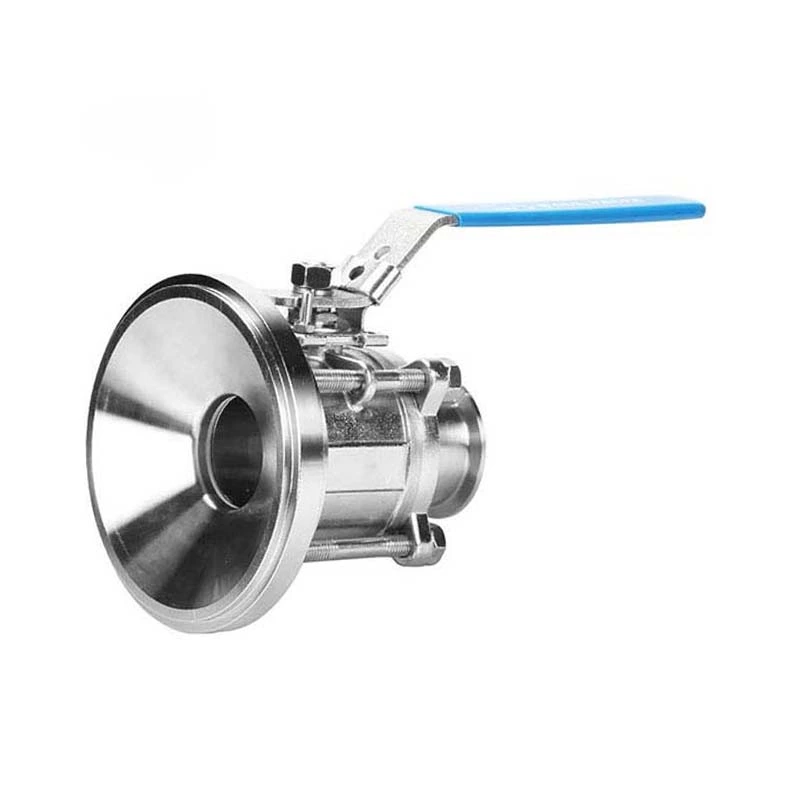Sanitary Ball Valve Selection Guide
1. Determine operating parameters: Identify parameters such as the type of medium in the pipeline, temperature, pressure, and flow rate, as well as requirements such as the valve's operating mode (on/off or modulating), control signal type, installation location, and space limitations.
1. Select valve type: Based on the medium characteristics and operating requirements, select the appropriate valve body material, valve core material, sealing type, and connection method. For example, for corrosive media, a corrosion-resistant stainless steel or non-metallic valve body should be selected. For high-temperature and high-pressure applications, select Sanitary Ball Valve and corresponding high-temperature-resistant materials.
1. Calculate actuator parameters: Based on the valve's nominal diameter, nominal pressure, media characteristics, and operating mode, calculate the required actuator output torque. Considering the on-site power supply conditions and control requirements, select the appropriate power supply type, actuation time, and control signal interface.
1. Consider the protection level: Determine the required protection level of the actuator based on the characteristics of the installation environment. For example, for outdoor or humid environments, select a product with a higher protection level of IP65 or IP67. For locations with explosion hazards, select an actuator that meets the corresponding explosion-proof rating requirements.
1. Consider brand and quality: Choose a reputable brand for Sanitary Ball Valve products to ensure reliable quality, stable performance, and guaranteed after-sales service. Compare and filter products from different brands by reviewing product samples, user reviews, and industry reputation.
1. Consult with professionals: If you have questions about selecting a Sanitary Ball Valve, consult the valve manufacturer's technicians or professional engineering designers for more accurate and detailed selection advice and technical support.
